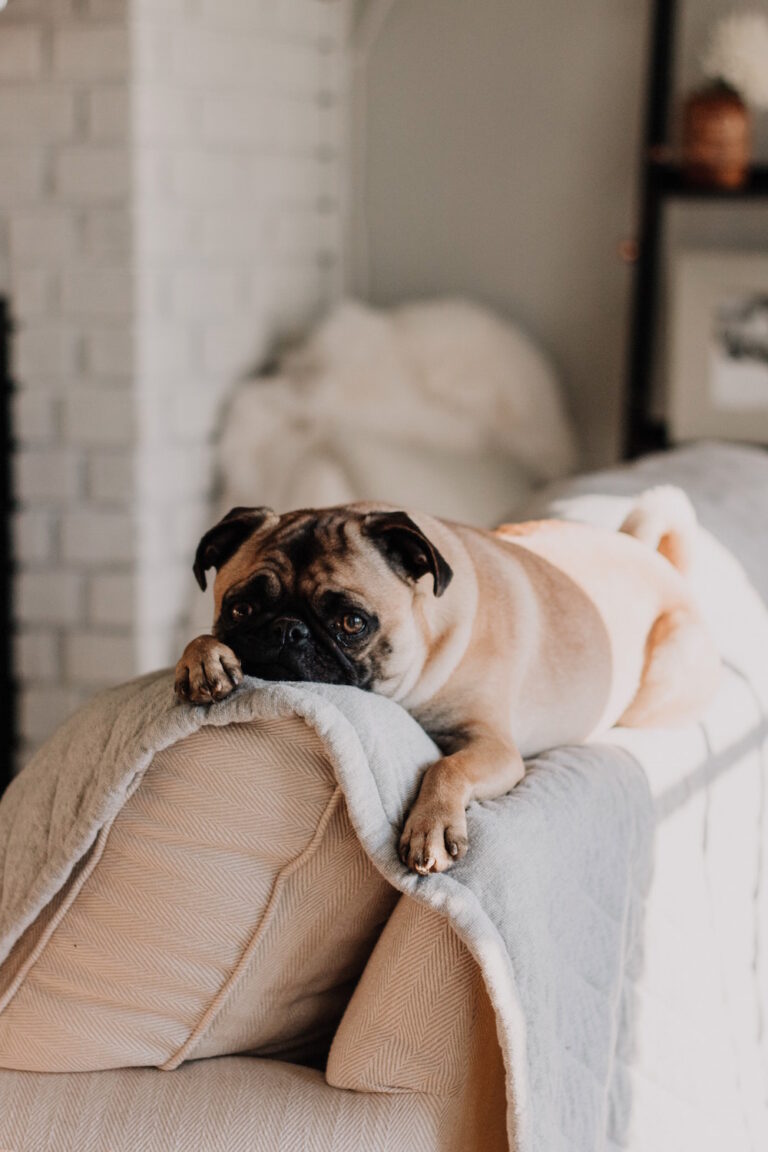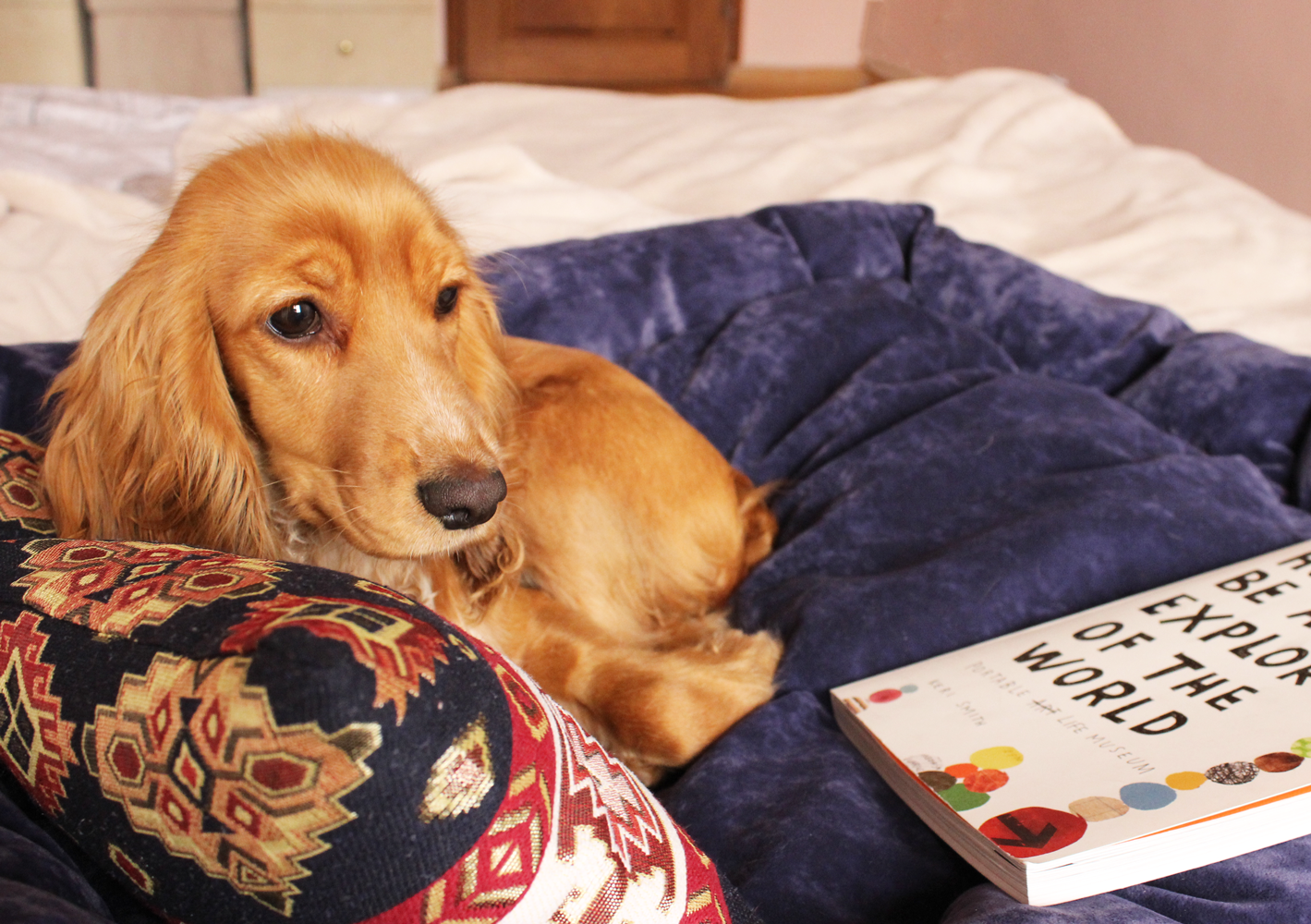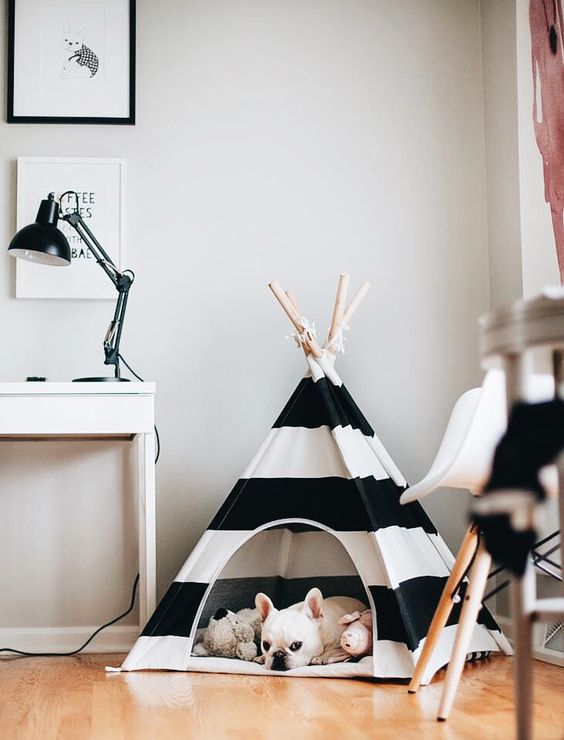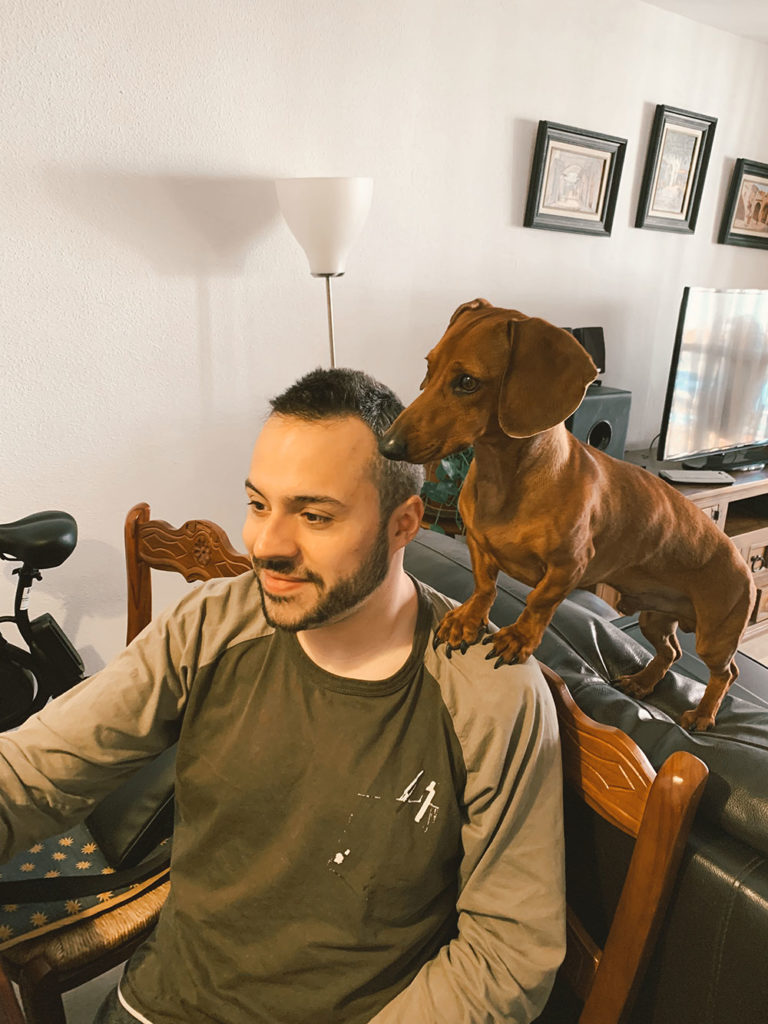Feline Urinary Issues and Diet-Based Treatments
There are many reasons why your cat might be having feline urinary issues. While many owners think that feline lower urinary tract disease (FLUTD) is a specific type of health problem, it’s actually a comprehensive term used for a variety of illnesses and urinary-related issues. Examples of what’s considered FLUTD include the following health problems:
- Idiopathic cystitis
- Bladder-related issues (i.e. infection and/or bladder stones)
- Inflammation of GI organs
- Kidney-related problems
- Diabetes
- Urinary tract infection
- Urinary tract cancer (typically seen in advanced forms of the disease)

Dealing with FLUTD isn’t as easy as it might seem. Because there are so many illnesses included under the FLUTD umbrella, it can be difficult to know exactly how to treat your cat’s symptoms.
While we always recommend scheduling a visit with your vet before attempting to diagnose your cat’s issues on your own, arming yourself with knowledge beforehand is always a good idea. Below we cover some of the most important aspects of FUTD, as well as how to effectively manage it in your cat (especially when it comes to diet-related management).
The Basics of FLUTD
FLUTD is fairly common in cats, with the disease affecting close to one percent of the total population (in the US). Males are more susceptible than females because they have a much longer/thinner urethra (which makes them prone to blockages and also allows for the development of crystals).
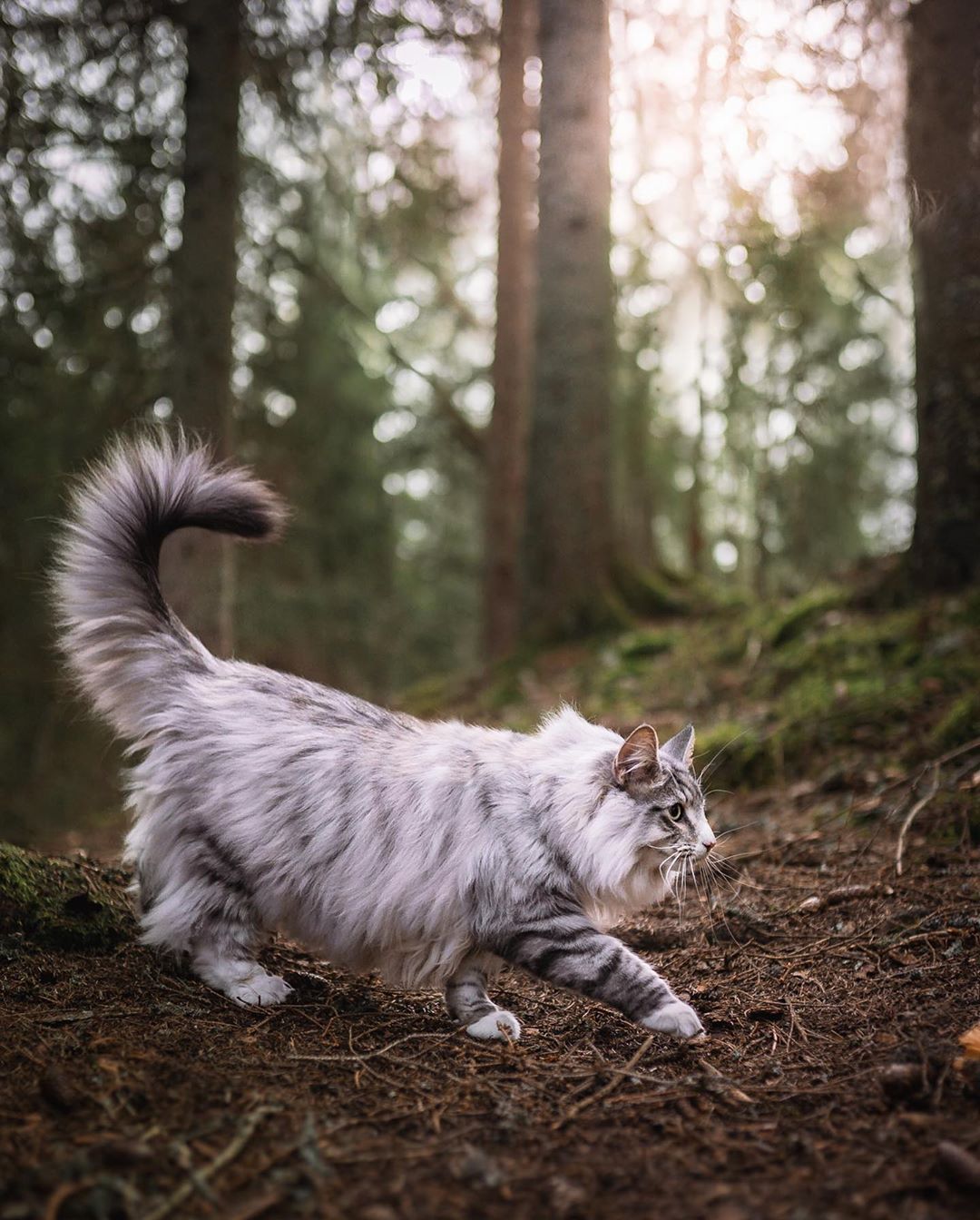
There are many ways in which LUTD can affect cats, however, some of the primary signs/symptoms are as follows:
- Problems with urination (one of the tell-tale signs)
- Urinating much more often than normal
- Urine that contains blood
- Vocalizing while urinating
- Not urinating in a designated area (i.e. their litter box)
LUTD doesn’t have one specific cause, and oftentimes there may be numerous underlying issues. Some of the most common causes include diet and infection.
Believe it or not, changing your cat’s diet can have a direct impact on the health of its urinary tract. It’s not entirely uncommon for a cat’s LUTD-related symptoms to completely go away after making a simple change in their diet.
Determining the Cause of LUTD
Diagnosing the specific cause of your cat’s LUTD can be challenging, mainly due to the fact that there can be a combination of underlying factors affecting its urinary tract. Most vets will perform some basic tests on a sample of your cat’s urine. Physical examinations are also standard practice.

The purpose of this test is to see if the vet can determine a specific cause of your cat’s LUTD without performing additional tests. If the urine test doesn’t provide any clues as to your cat’s underlying issues, the vet will most likely order additional labs (e.g. bloodwork, advanced urine tests, etc.).
It’s not uncommon for vets to be unable to diagnose the specific cause of your cat’s LUTD. This is when they typically diagnose your cat with cystitis. The treatment for cystitis in cats utilizes anti-inflammatory medications (to reduce inflammation in the cat’s urinary tract/surrounding areas).
Treating LUTD via Dietary Changes
Before making any sweeping changes to your cat’s diet, it’s very important to schedule a consultation with your vet beforehand. Your cat’s diet can have a drastic effect on its overall health, and although you’re only trying to help, it’s best to get a professional’s opinion before starting.
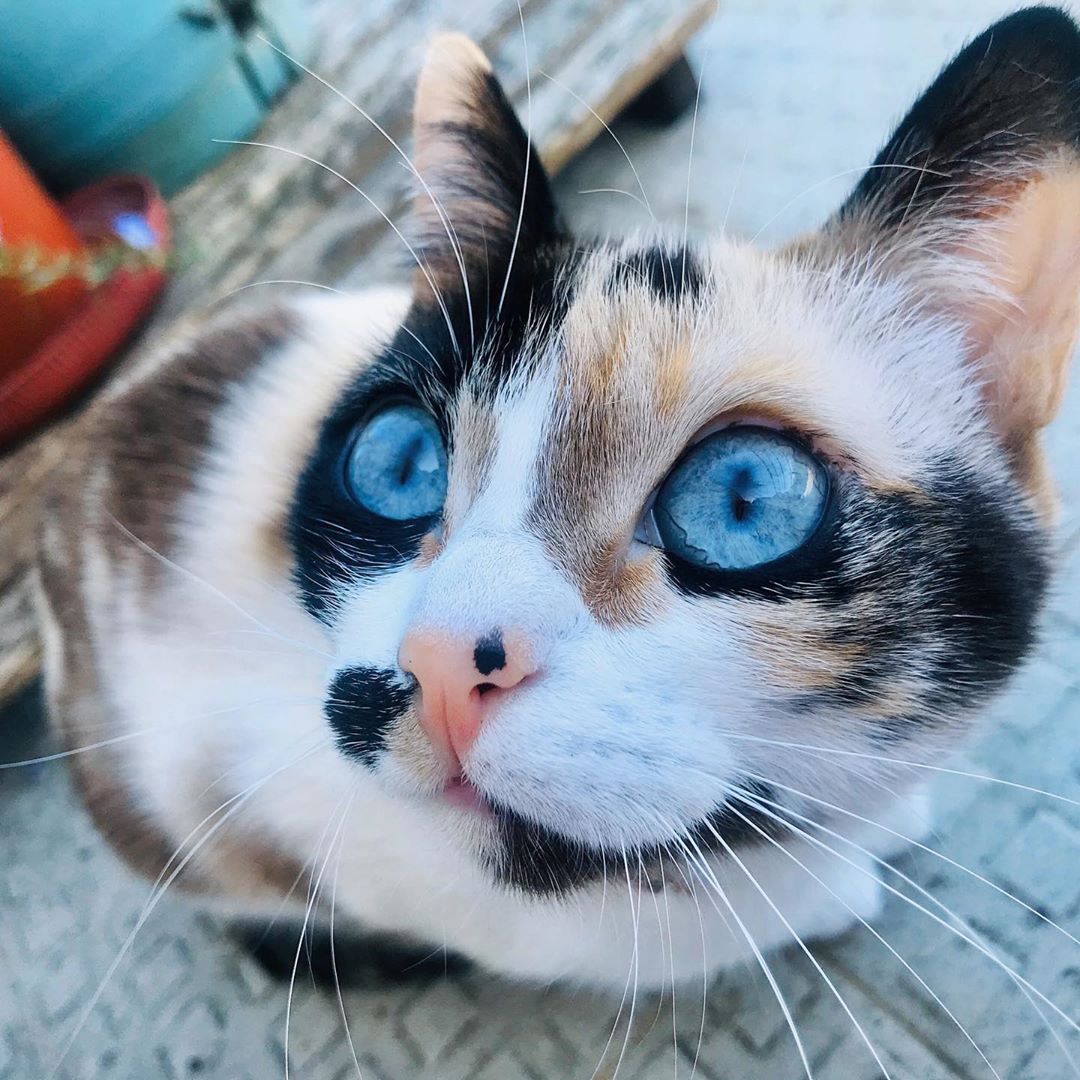
The specific changes that you’ll need to make to your cat’s diet depend entirely on the underlying causes of its LUTD (which is why going to a vet is important). While there are many excellent options available, such as Royal Canin veterinary feline urinary care diet, it’s important to have an in-depth understanding of exactly what is causing your cat’s urinary problems.
For example, there are numerous cat food brands/products that focus on eliminating stones in your cat’s urinary tract/bladder/kidneys. While these might work great for cats with those issues, they won’t do much if your cat has a different set of underlying problems. The urinary pH level of your cat is something that might affect its LUTD, however, making dietary changes based on pH levels is something that’s a bit more involved than most would like to think. Major changes to your cat’s diet should always be brought up with your vet (before implementing them). While diet is a very important part of treating LUTD, it’s not the only option to consider.

